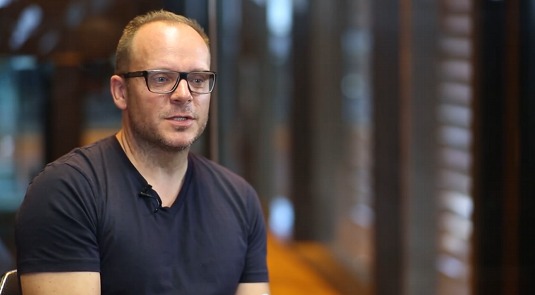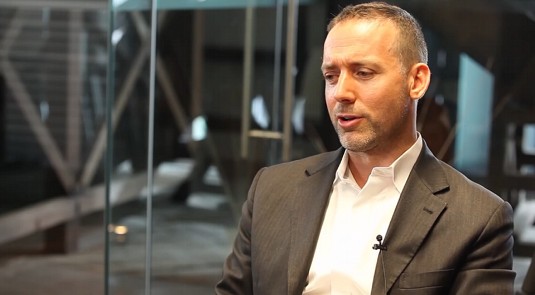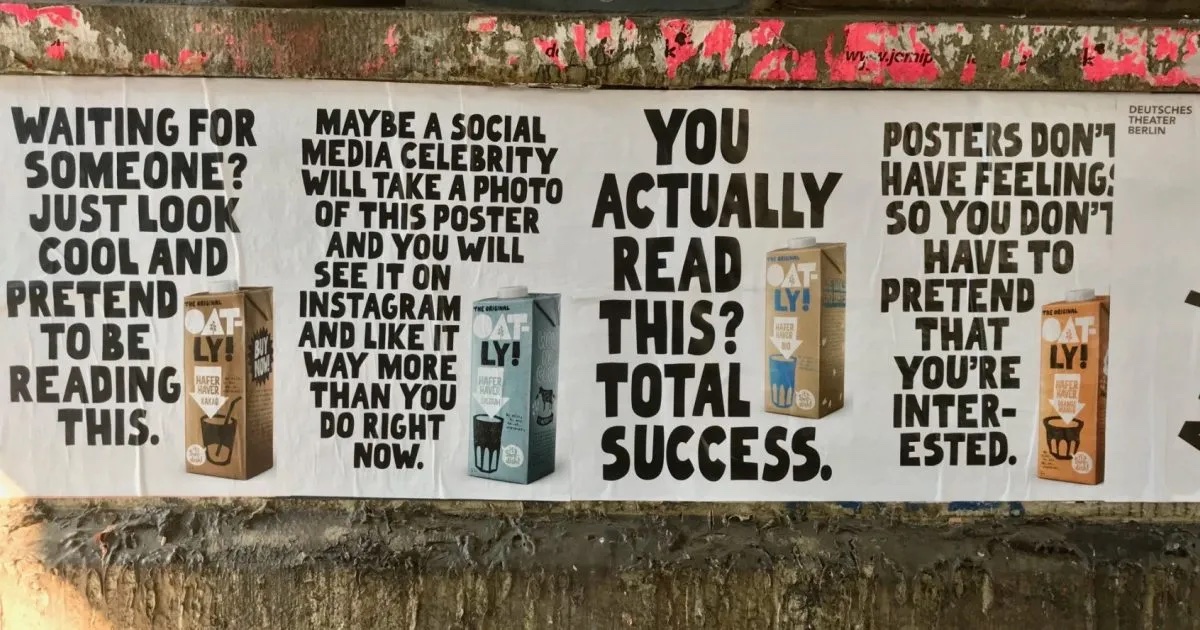How to legally protect your most valuable ideas
IP can't just be bought like a pint of milk. Vince Frost and media lawyer Adam Moxon Simpson debate the serious issue of IP protection in an exclusive talk with Computer Arts.
The creative industries are built on ideas. As the issue of intellectual property theft once again hits the news, we took time out with one of Australia's most recognised designers, Vince Frost, and media lawyer Adam Moxon Simpson, to discuss the value of ideas and how to protect your IP.
How serious is the issue of IP theft for you, and why do you feel so strongly about it?
Vince: IP theft is a big issue. It's something I became aware of about 15 years ago when I was first starting my business. I was happily designing stuff, winning work, and then a couple of potential clients turned it on its head by changing the issue around trust. In one case, we pitched an idea to them and they took what we thought was our IP, changed it slightly and got away with it. Since that day, I've made sure we check contracts thoroughly and have a written agreement up-front. It really is taking away our living, our business, so it's very important to me.
Adam: People who aren't familiar with IP can think that when they pay someone to design something it's like going to the shop and paying for a litre of milk. Once you hand over the money it's yours to do what you want with it. But IP can be carved up in a whole lot of different ways. It's really important that a studio understands what they're giving away and, depending on the relative bargaining positions, ensures that what the client is paying is worth what they're getting.

Vince: At the time, I wanted to get what had happened into the press, but the press didn't want anything to do with it because it was seen as being confrontational.
Adam: Fear of publicity can drive solutions in this field. Really, it's a question of negotiating properly with the client to make sure the IP rights are dealt with nice and clearly, but even then contracts are like pedestrian crossings. They give you a decent chance of not getting run over by a car, but there's no guarantee a Metro's not going to roll through. And sometimes you get large companies that make a decision that they're just going to fight it, even if they have a weak case.
How do creatives who can't afford legal fees go about protecting their rights?
Adam: It can be tricky. Here, we have centres like Arts Law Centre Australia for pro bono legal advice. Otherwise there's an element of common sense. Do your best to ensure your design is original, and have agreements in place to make sure you have the rights.
Ultimately the contract is the manifestation of your intention in words, so talk to the client about what you want to happen with the IP. Try and be as specific as possible. There's no need to use 'hereby' and 'thereafter' – just say: 'You [client] will be entitled to use the designs we have done for a period of X years, or within this territory' – or whatever it might be. Designers have to play a quasi-legal role in clarifying how the rights should be used.
Daily design news, reviews, how-tos and more, as picked by the editors.
Vince: The value of IP is tricky. I know what the hourly rate is and how many people worked on the job… but how do you value your ideas?
Adam: It's largely a commercial question. It's a communication about value between designers and clients, saying: 'What we're bringing to you is not only our time, but our intellectual and artistic efforts.' It's communicating that ethereal value.
Vince: Paula Scher said when she designed the Citibank logo she did it on a napkin and it took her something like five minutes. When questioned, she said it was 40 years and five minutes. You know, it's how do you quantify that period of time?
Adam: It's not about time, but output and the value to the client. You see some wonderful examples of just a tiny bit of expertise making an enormous difference. And it's communicating that value, which is the key.

What do you do if you discover that one of your ideas has been used without your permission?
Adam: My view is to begin with the assumption that people are ignorant, rather than malicious, and assume it's a mistake. Say: 'Hey, we've just noticed this. Can you tell us how it came around?' Sometimes that can provide an explanation, and otherwise you move into the realm of asking them to stop, and then, ultimately, forcing them to stop if they're in the wrong.
Again, it's a matter of negotiation. It usually results in retraction; sometimes you get payment for the loss of work to the designer. Often it's a dreadful mistake and they're very keen to do the right thing. But it's a question of coming to a negotiation that ideally saves the cost and uncertainty of litigation.
So what advice would you give to designers?
Adam: Stop and reflect. Communicating the value of the work clears the way for an agreement about your IP and the scope of the intended use. And you need to ensure that the work you do is unique. If you do need to draw on other people's designs, make sure you're taking the ethereal conceptual nature of someone's design, and turning it into something new.
This article originally appeared in Computer Arts issue 223
Exclusive offer: 20% off tickets for new branding conference

Impact Conference | London | 06 Mar 2014
Impact Conference is a new event brought to you by Computer Arts that celebrates creative excellence and consistency across branding design. It's an event you can't afford to miss - and we're offering Creative Bloq readers a massive 20 per cent off the ticket price. Simply:
- Visit the website
- Enter your registration details
- Add this Promotional Code when prompted: FRIENDS20
Want to know more about Impact? CLICK HERE and we'll give you all the details...
Liked this? Read these!
- The ultimate guide to logo design
- The designer's guide to working from home
- Free graphic design software available to you right now!

The Creative Bloq team is made up of a group of art and design enthusiasts, and has changed and evolved since Creative Bloq began back in 2012. The current website team consists of eight full-time members of staff: Editor Georgia Coggan, Deputy Editor Rosie Hilder, Ecommerce Editor Beren Neale, Senior News Editor Daniel Piper, Editor, Digital Art and 3D Ian Dean, Tech Reviews Editor Erlingur Einarsson, Ecommerce Writer Beth Nicholls and Staff Writer Natalie Fear, as well as a roster of freelancers from around the world. The ImagineFX magazine team also pitch in, ensuring that content from leading digital art publication ImagineFX is represented on Creative Bloq.
